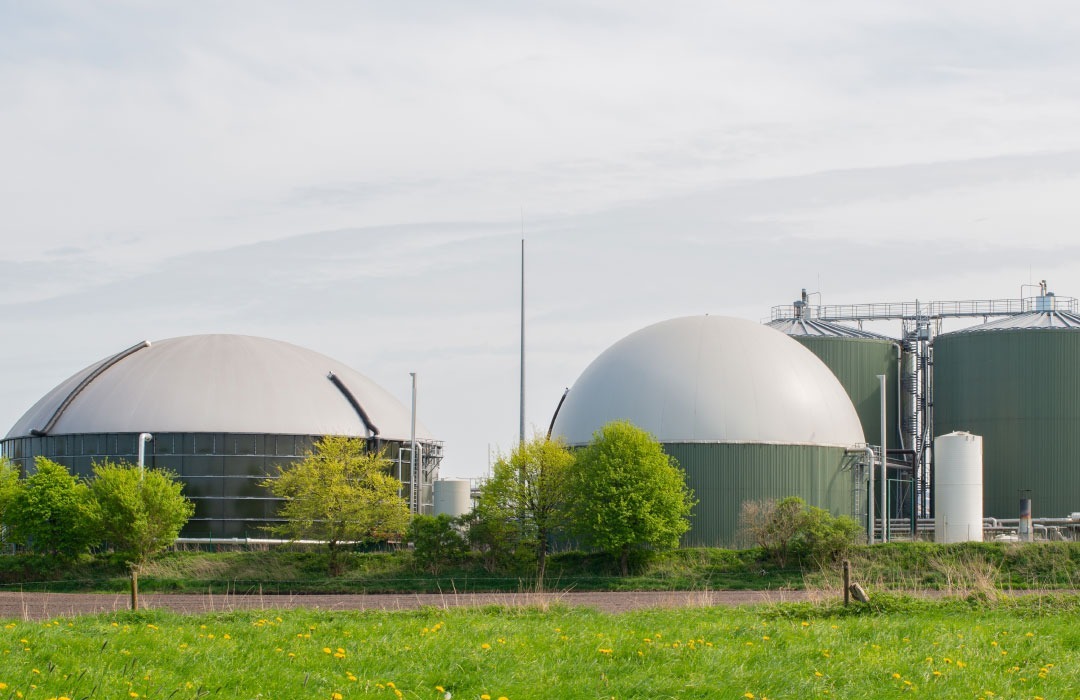Dear Shareholder – Investing in being teal is a necessity!
In 2022 the clients of projects RH are telling us that being teal is a necessity, not a statement. What they are saying to us is a need to comply and perhaps do a little bit more with the new carbon credits and abatements regimes in the countries in which they operate.
Companies today must see their future obligation to purchase carbon credits as a cost and given the nature of carbon credit markets a price for some volatility but generally heading up. Organisations have little choice whether it is regulatory or community expectations but to comply with moving to CO2 net zero by 2050 and in many markets by 2030.
Having established the need to comply there then comes the financial decision to 1) invest in CO2 reduction and mitigation and in 2) carbon reduction / offset projects
Introduction
The early significant hype around carbon credits should most people now in the finance sector be seen as an expense which needs to be managed. In short, for many businesses carbon emissions is a cost which needs to be met.
In 46 countries today there are a mix of carbon credit markets and carbon taxes which are financial exposures which Finance professionals are being called upon to recognise, report on and manage. In the clear light of day what we are calling upon producers to do is no less than we are doing with water emissions.
Governments in the majority of countries including OECD members are working towards net zero emissions by 2050. Most governments have already established their regulatory regimes and reporting requirements which needs to be coupled with international accounting standards.
In most jurisdictions the price of carbon is determined in markets which have efficiencies in a semi-strong form. Governments clearly want the price of carbon to increase so that the emissions meet their targets which call for the reduction of CO2 produced.
In the case of most countries their governments wish credits to be produced locally at least to the level of 20%.
In the case of Australia, the local Carbon credit unit is called the Australian Carbon Credit Unit. Its model is a combination of regulatory and voluntary models. The unit value is one ton of CO2 or equivalent.
Carbon credits are relinquished when they are used to neutralise CO2 or equivalent produced.
Finance becomes involved because companies will clearly produce CO2 into the future so they either need to modify their processes and/or recognise future liability for carbon credits. It is no surprise to the team at Projects RH that the language of carbon credit trading reflects that of the oil industry and that international markets have established to recognise and trade future carbon credits.
At Projects RH we are seeing companies invest in projects which will produce future carbon credits or offsets which will allow them to market themselves as having recognise the social responsibility whilst reducing their cost of having to buy outside carbon credits. No doubt in the corporate planning departments are many organisations they are weighing up projected future cost of carbon credits versus investments in modification of their plans and processes or an investment into carbon credit creating projects that they will be able to either offset the CO2 produced or received carbon credits. It is now part of the investment mix.
For most companies therefore an investment in carbon credits is no longer a political statement but an investment which can be demonstrated to be in the shareholders’ interests.
Picking the Carbon Credits
having decided that you need to purchase a stream of carbon credits the next decision that needs to be made is how do you procure them and reduce the volatility. If you model the price of carbon credits for many it is a good investment. Organisations also need to take an account the value that they place on their brand being associated with community supported activities as well as the effective rate of return on their investment. What is clear is that carbon credits can now be purchased from projects which align with companies vision of where it wishes to be seen as active.
The process can be outlined as follows:
- recognition that a company can more effectively produce its own credits / offsets and this is an important part of the company’s own investment portfolio
- having minimised the company’s carbon footprint engage in local offsets such as installing locally available renewable energy such as rooftop solar.
- Lock in locally available renewable energy thus producing further the carbon footprint.
- Purchase the balance of carbon credits required for the next three years
- invest in carbon credit projects which will replace for above and hopefully provide sufficient carbon credits so that the surplus can be sold.
The team at projects RH advise that most investors in carbon credits for own use our pragmatic. They seek a combination of projects but always want some signature investments which they can include in their annual reports and social media. What is clear to the team at projects RH is that people will pay a significant premium for credits which bring with them so-called ‘co-benefits’. This idea of co-benefits applies in domestic markets such as Australia and in the international voluntary markets. In the case of Australia projects RH is working with projects which are looking at seabed rehabilitation which will encourage the growth of mangroves and in Colombia at the extreme premium edge being REDD+ projects on its Pacific coast and the creeks and rivers which form the Amazon.
The iconic projects are invariably expensive to establish and register and generally cost more than the value of the Australian Carbon credit. Generally, these carbon credits are not sold but rather used by the investor for offset. In the case of ACCU’s, for example, mangrove created credits currently trader at AUD 28 and will cost at least AUD 24 to produce over the 12 months life-cycle. What is critical, however, is that the time the investment decision was made the cost of $24 was known that the market price was AUD 15. One wishes to say that the decision was based on purely altruistic motives, clearly this was not the case and we believe that the investment decision was based on marketability and perception, the economic outcome now is a bonus. Currently, we are seeing investment into, RED and REDD+ projects in Colombia on a like basis with current prices clearly not covering the establishment, registration, audit and commitment costs. The commitment costs come from working with the 17 sustainable development goals of the United Nations which I have discussed in a recent paper, in this series, dated ninth October, 2022.
The AFR has recently reported back the domestic ACCU’’s are currently trading at AUD 30 whilst indigenous supported credits trade at AUD 50, and above.[1]
Choosing the projects
in most countries emitters of carbon are able to choose a mix of locally produced and international carbon credits. There is always a concern as to quality and the impact that is actually achieved. The failure to deliver a substantial impact buy carbon credit regimes has been commented on by the Chubb Report in Australia. As an outsider is always surprised me that there are two levels of carbon credits one for the aviation industry and one for the rest of the world.
Many economists would ask why would parties pay above the market to purchase carbon credits / are not all carbon credits the same? The answer is they are not. Carbon credits which are associated with first nations people or indigenous as they are generally called are seeing to align themselves with community expectations and values. Put simply, the principles contained in the United Nation’s Sustainable Development Guidelines are generally seen to be in line with community expectations rather than mere compliance.
A strong desire to include premium carbon credits in their mix is not limited to Europe, Canada and Australia, but is now commonly seen across parts of Asia and Latin America.
Today, at the corporate level, there are a number of decisions which need to be made as to which carbon credits we should buy. Companies need first look at where they are located and then look at where their affected business units are. The host country for their business units will have its own criteria and on consolidation there will be further requirements. Generally this means a group will look at local and international carbon credits in each country in which they operate and at a group level. They will be concerned as to the quality of the carbon credits they have purchased and that they can defend their efficacy. They will also need to be careful that they do not have too many international carbon credits and that they have some significant investment in flagship projects which they can speak about.
Increasingly countries are saying you must have more domestic carbon credit units especially where the country has its own regulator and standards. At Projects RH we work with clients who predominantly seek to have their projects on the registers of Veera and Gold Standard and as such demonstrate they are in line with world’s best practice.
Conclusion
At Projects RH we continue to work with teams who are producing registrable carbon credits from a wide variety of sources including solar power all the way through to REDD+ projects. The spectrum of work we do sees the revenue associated with carbon credits as necessary for some solar power projects to be financial all the way through to projects which are changing communities in line with the UN’s Sustainable Development Goals. The investments in the higher end projects are being undertaken by companies and groups not solely of altruistic reasons are based on what their boards see as sound commercial positioning not only with consumers but also with their own investors.
It is clear the team at Projects RH from the people we work with, the investors in our project and the purchases of carbon credits that their activities are based on sound long-term business plans which see moving towards net zero carbon emissions by 2050, if not 2035, is an essential part of the business planning and delivery. Government legislation, and international practices including tariffs, will ensure that this activity will continue to prosper with the consequence of bringing many more people within the UN’’s SDA framework leading to much social good.
By Paul Raftery – CEO, Projects RH, based in Sydney
—————————–
Source: Eggleton, M.; “Carbon markets come into focus as world tackles net zero transition”. – The Australian Financial Review, 10/10/2022.
Eggleton, M.; “Home grown carbon credits with social co-benefits gain popularity”. – The Australian Financial Review, 10/10/2022.
Greber, J.; “Bowen: no early global credits for big emitters” – The Australian Financial Review, 10/10/2022.
[1] Eggleton, M.; Home grown carbon credits with social co-benefits gain popularity. – The Australian Financial Review, 10/10/2022.




